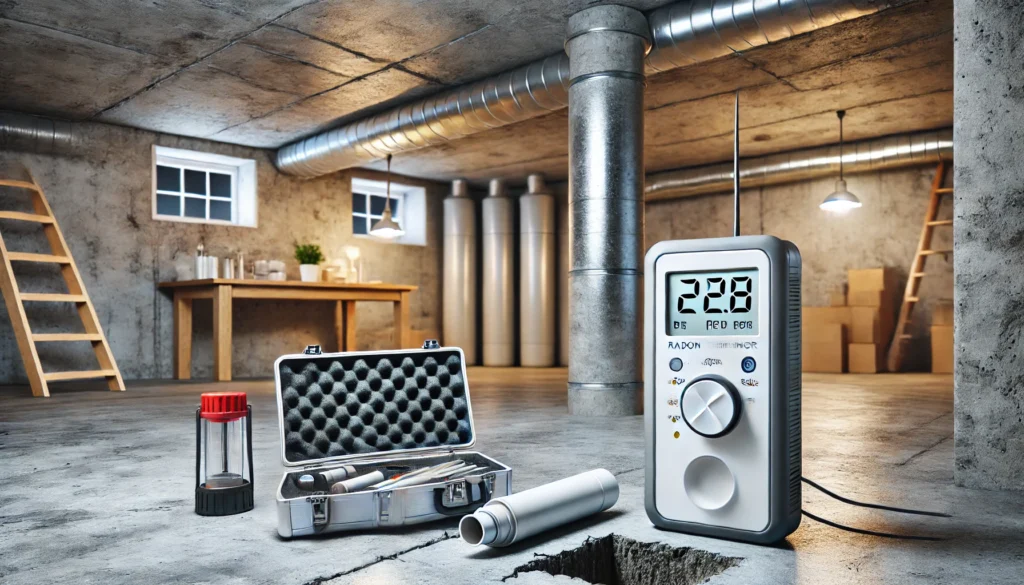If you’ve ever looked into testing your home for radon, you’ve probably seen a few different options—short-term kits, long-term kits, digital monitors, and even professional testing services. It can get overwhelming fast.
So, let’s slow it down and keep it simple:
What’s the difference between short-term and long-term radon test kits? And more importantly—which one should you use?
We’re here to explain it in plain English, no science degree needed.
What Is a Radon Test Kit?
A radon test kit is a small device used to measure how much radon gas is in your home’s air. You set it up in a room (usually the basement or lowest livable level), leave it there for a certain number of days, then send it off for analysis—or check the results if it’s a digital one.
That’s it. No drilling, no wires, and no special tools.
Short-Term Radon Test Kits
Short-term kits are designed to measure radon over a quick period—usually between 2 and 7 days.
These are great for:
- Real estate transactions
- A first-time check
- Quick peace of mind
- Homes with limited time for testing
How it works:
You place the kit in the right location (away from windows, vents, and high-traffic areas), leave it untouched for a few days, and then send it to a lab or check the reading if it’s digital.
Pros:
- Affordable
- Easy to use
- Fast results
Cons:
- Only shows a snapshot of your radon levels
- Radon levels can change depending on weather and season
Think of it like taking your temperature one time—it tells you something useful, but not the full picture.
Long-Term Radon Test Kits
Long-term kits stay in your home for 90 days or more—sometimes up to a year.
These are best for:
- Getting an average of your home’s radon levels over time
- Seeing how seasonal changes affect your air
- Confirming previous short-term results
How it works:
Similar setup to short-term kits, but you leave it in place longer. You don’t have to check it daily—just let it do its job quietly.
Pros:
- More accurate overall picture
- Great for homeowners staying long-term
- Less affected by short-term weather conditions
Cons:
- Takes longer to get results
- Needs a safe place to sit for 90+ days
- Not ideal for urgent situations or home sales
Think of it like keeping a health journal instead of taking one quick reading—you’ll get a more complete view.
So… Which One Should You Use?
Here’s a quick way to decide:
| Situation | Best Choice |
|---|---|
| Selling or buying a home | Short-term kit or professional test |
| Never tested before and want fast results | Short-term kit |
| Want the most accurate results | Long-term kit |
| Had high levels before and want confirmation | Long-term kit |
| Worried and want help with setup | Professional testing (we’ve got your back!) |
One More Thing: Kits vs. Professional Testing
DIY kits are helpful, but they’re not always perfect. If you’re unsure where to place the kit, how to read it, or whether your results are accurate, consider calling in the pros.
At EnviroPro 360, we offer local radon testing using professional-grade equipment—no guesswork, no shipping delays, and no stress. We handle everything, from setup to lab analysis to explaining the results in plain English.
Want to make sure your air is safe?
EnviroPro 360 offers certified, local radon testing across Georgia and South Carolina. Whether you want quick answers or long-term peace of mind, we’ll help you find the right solution for your home.


